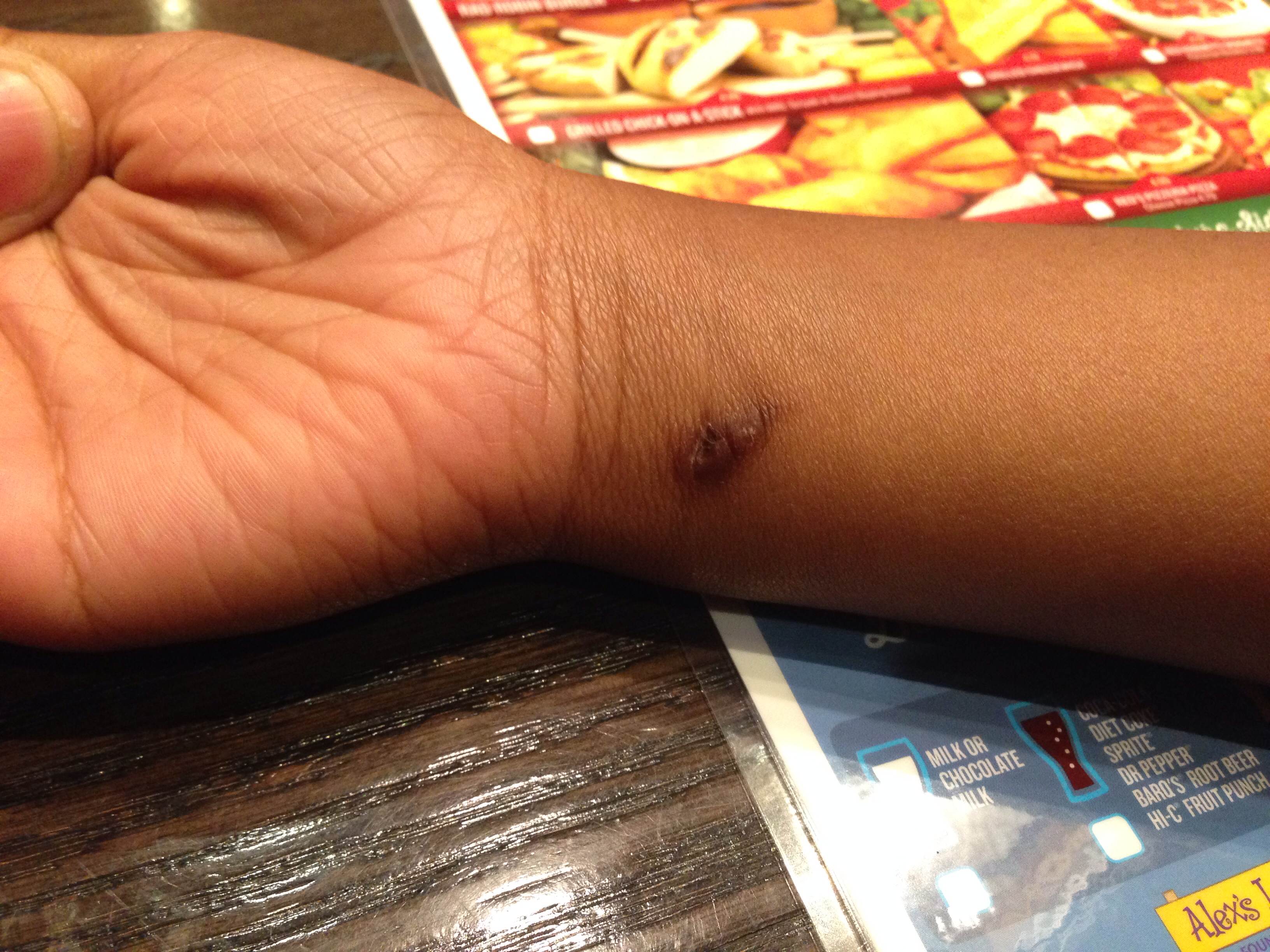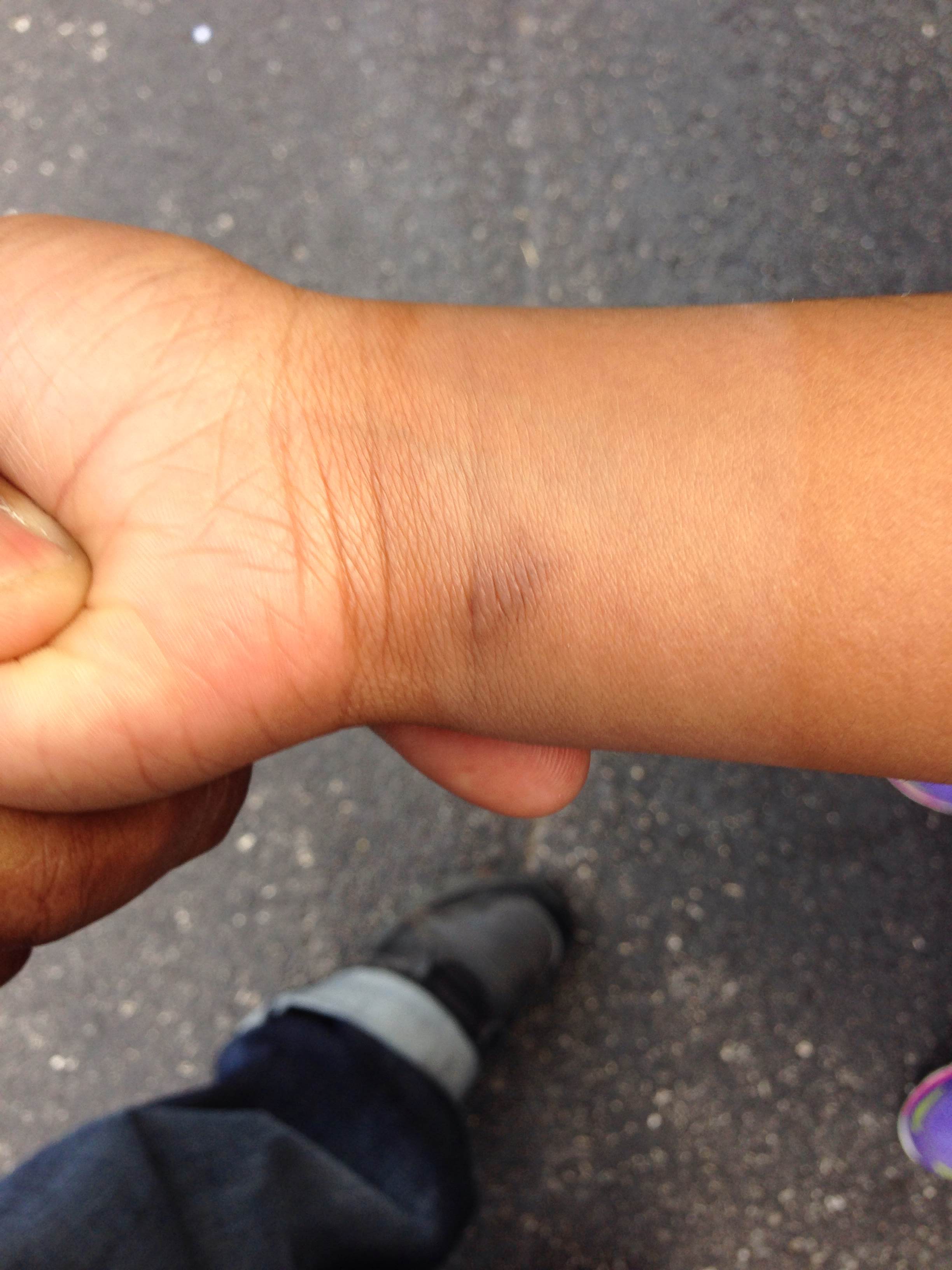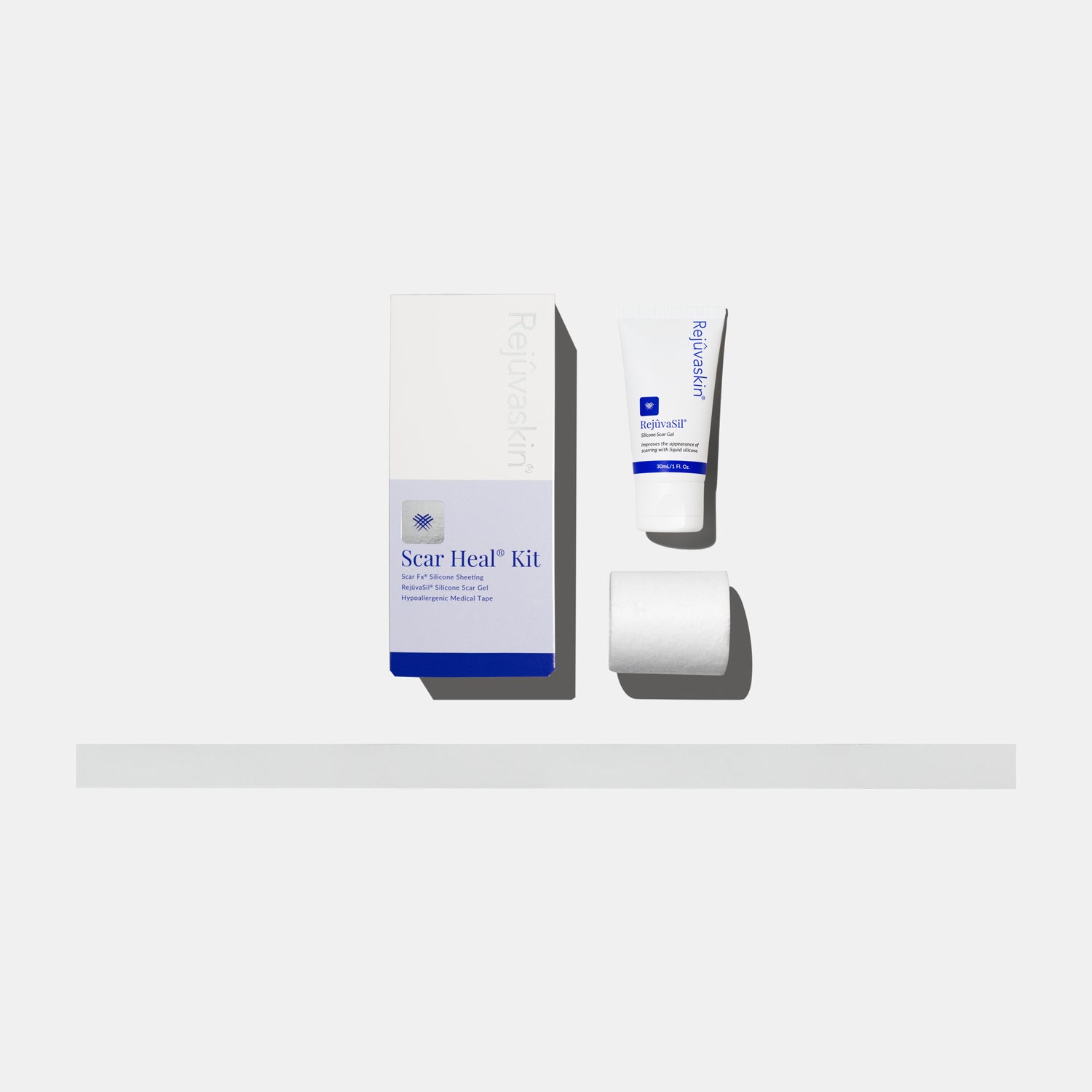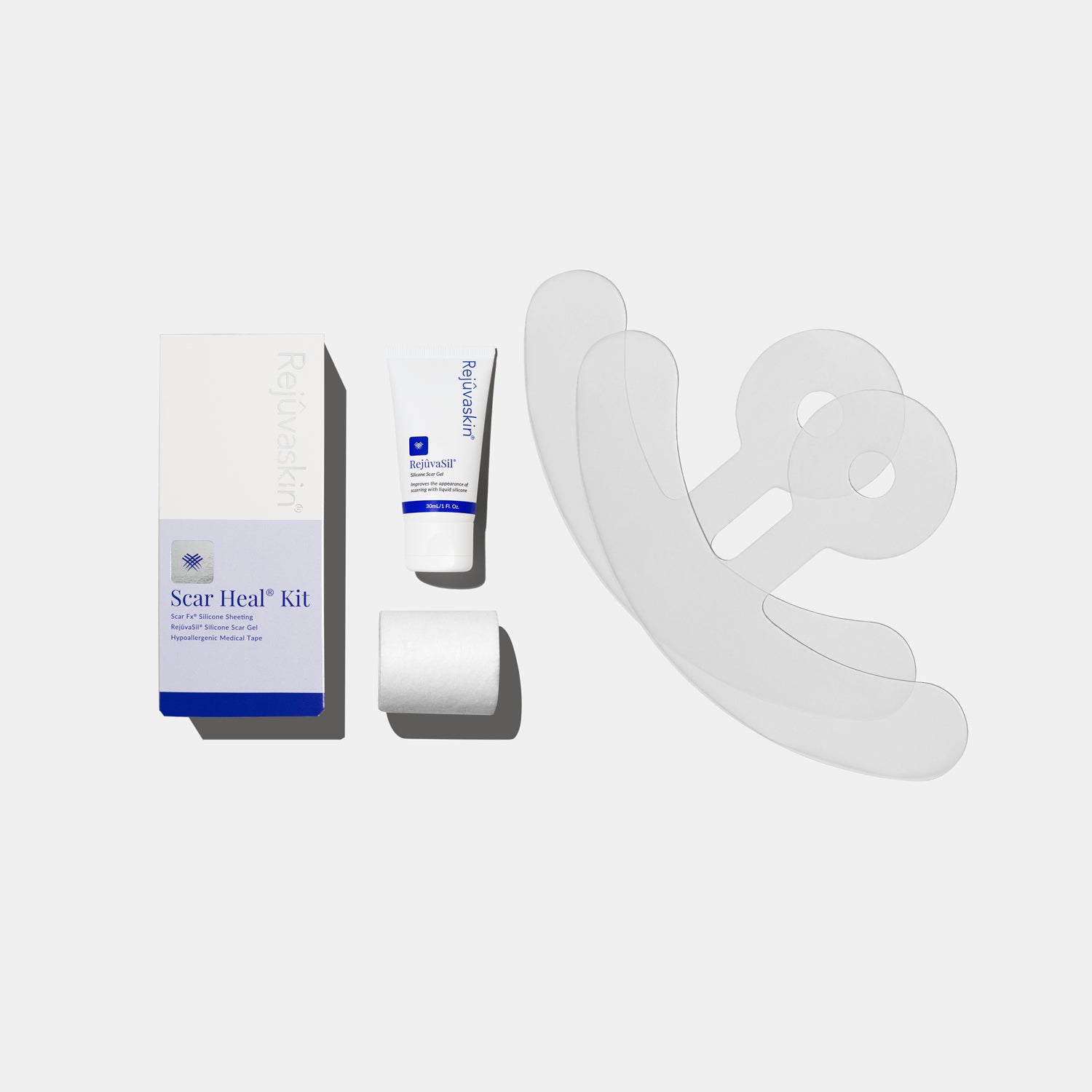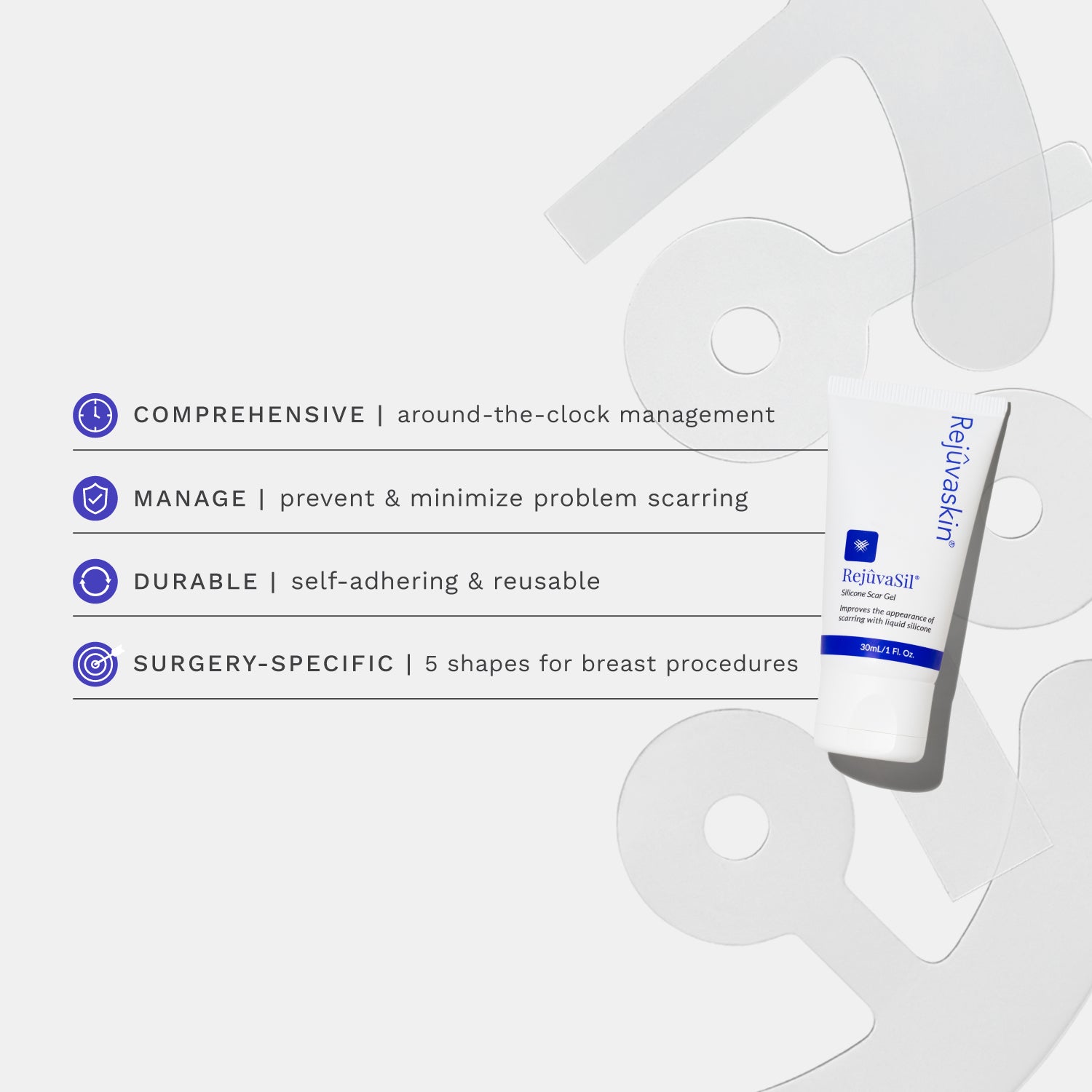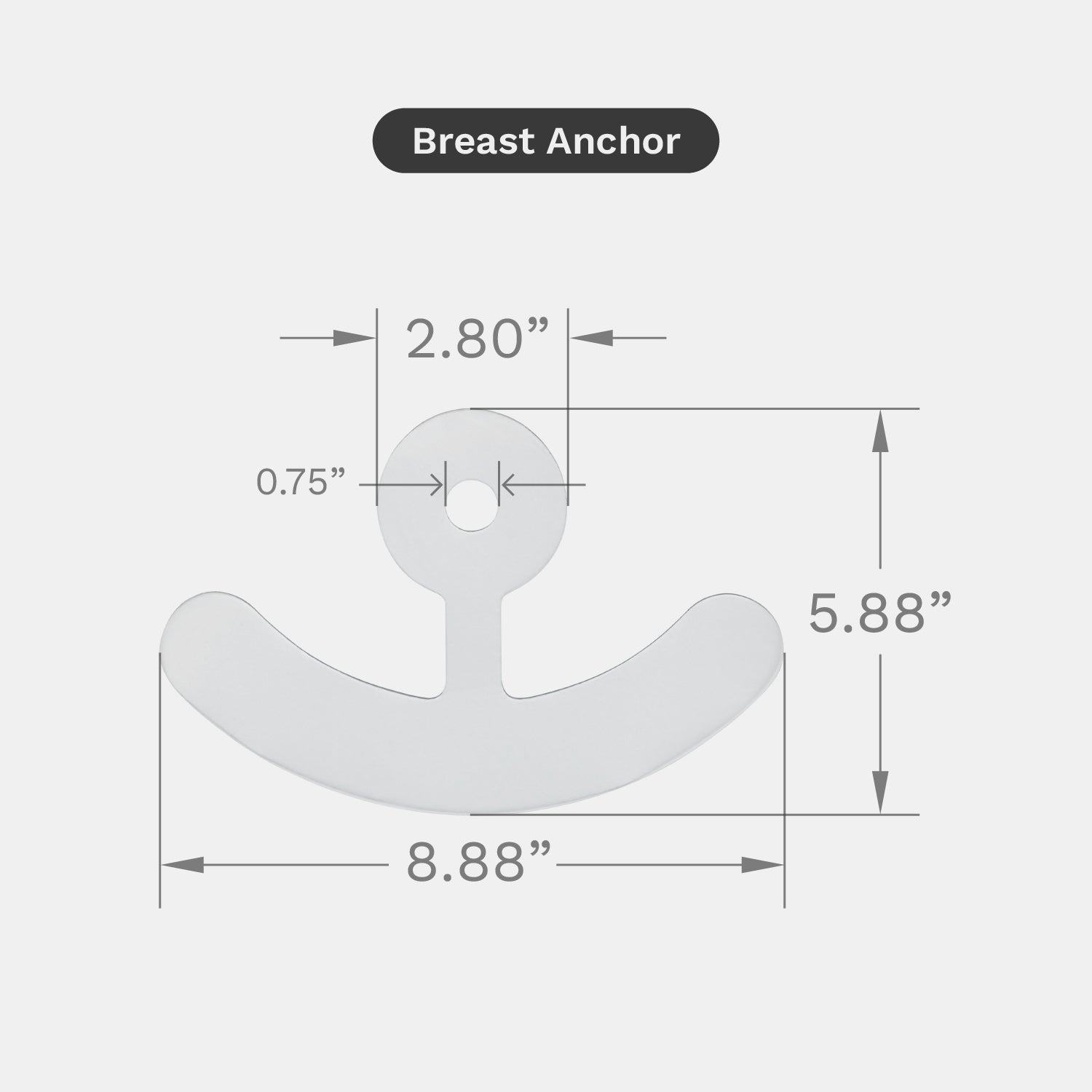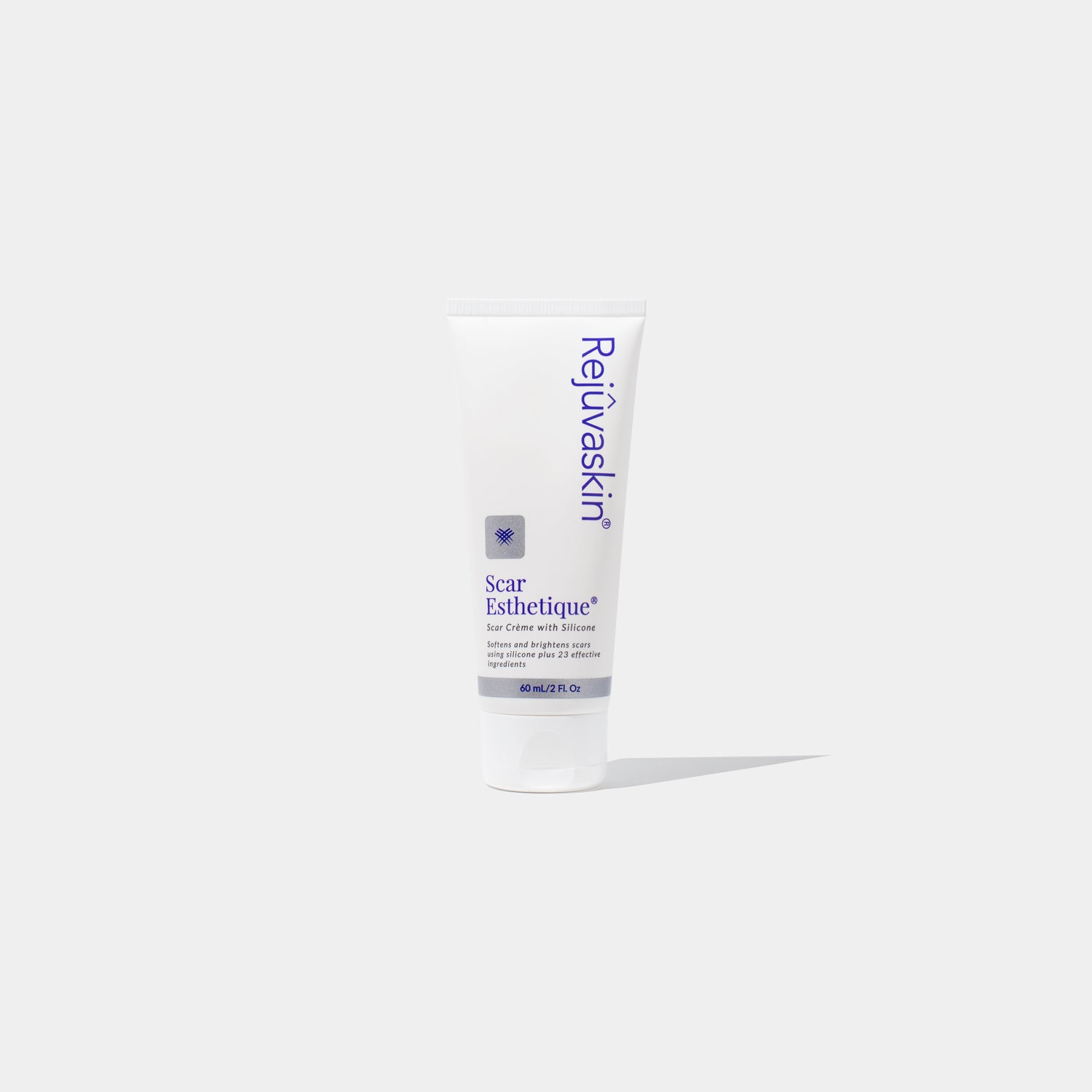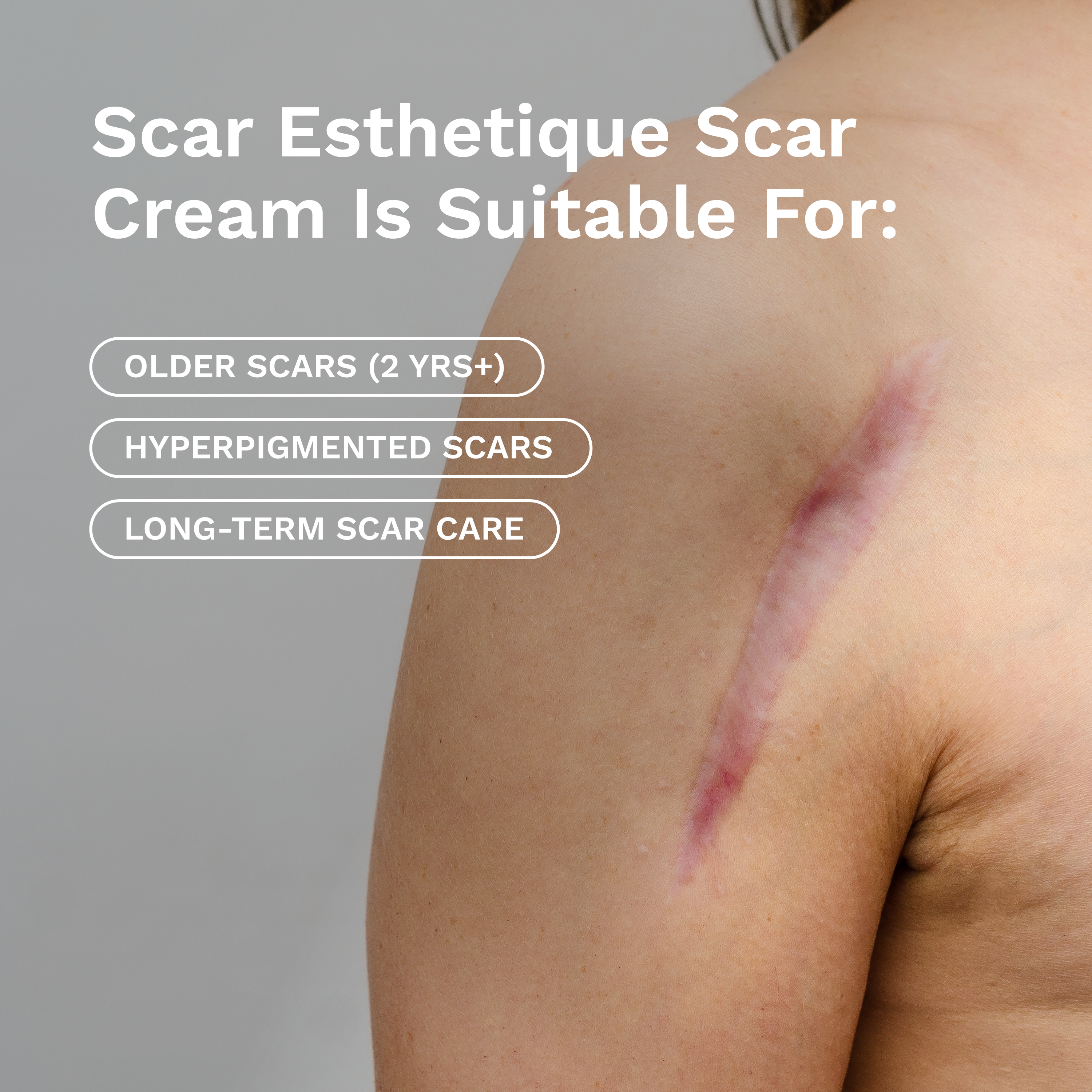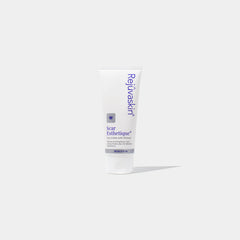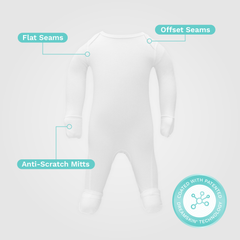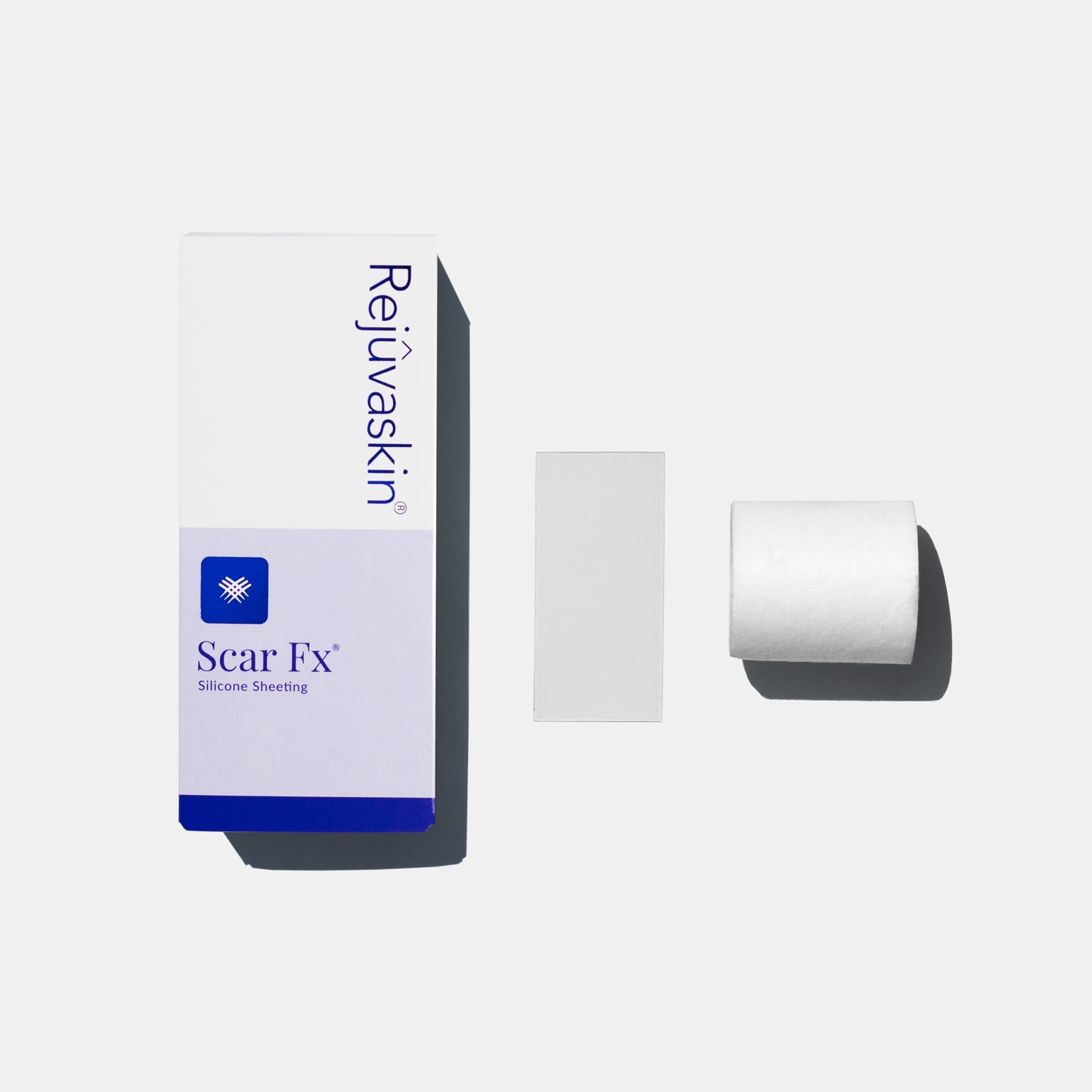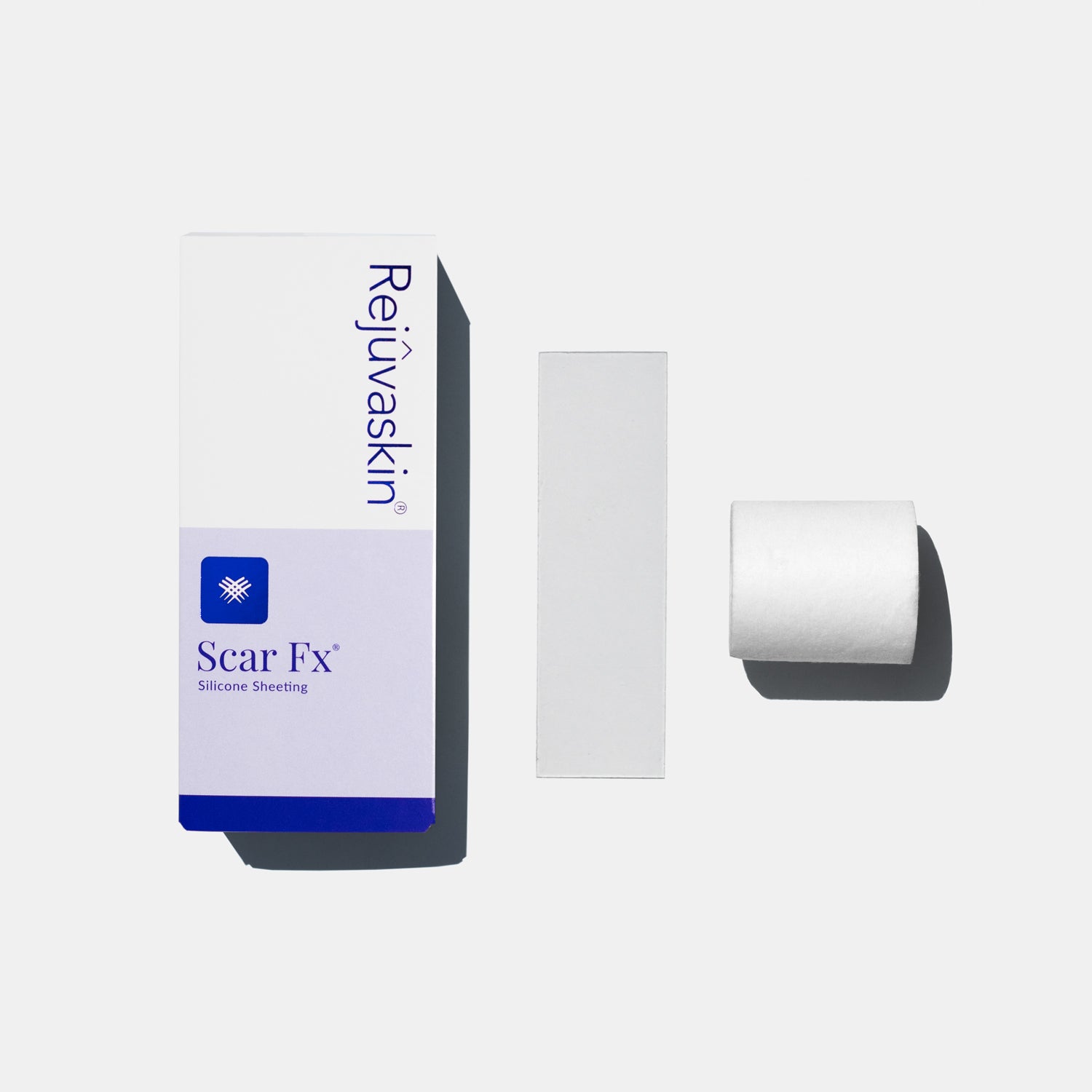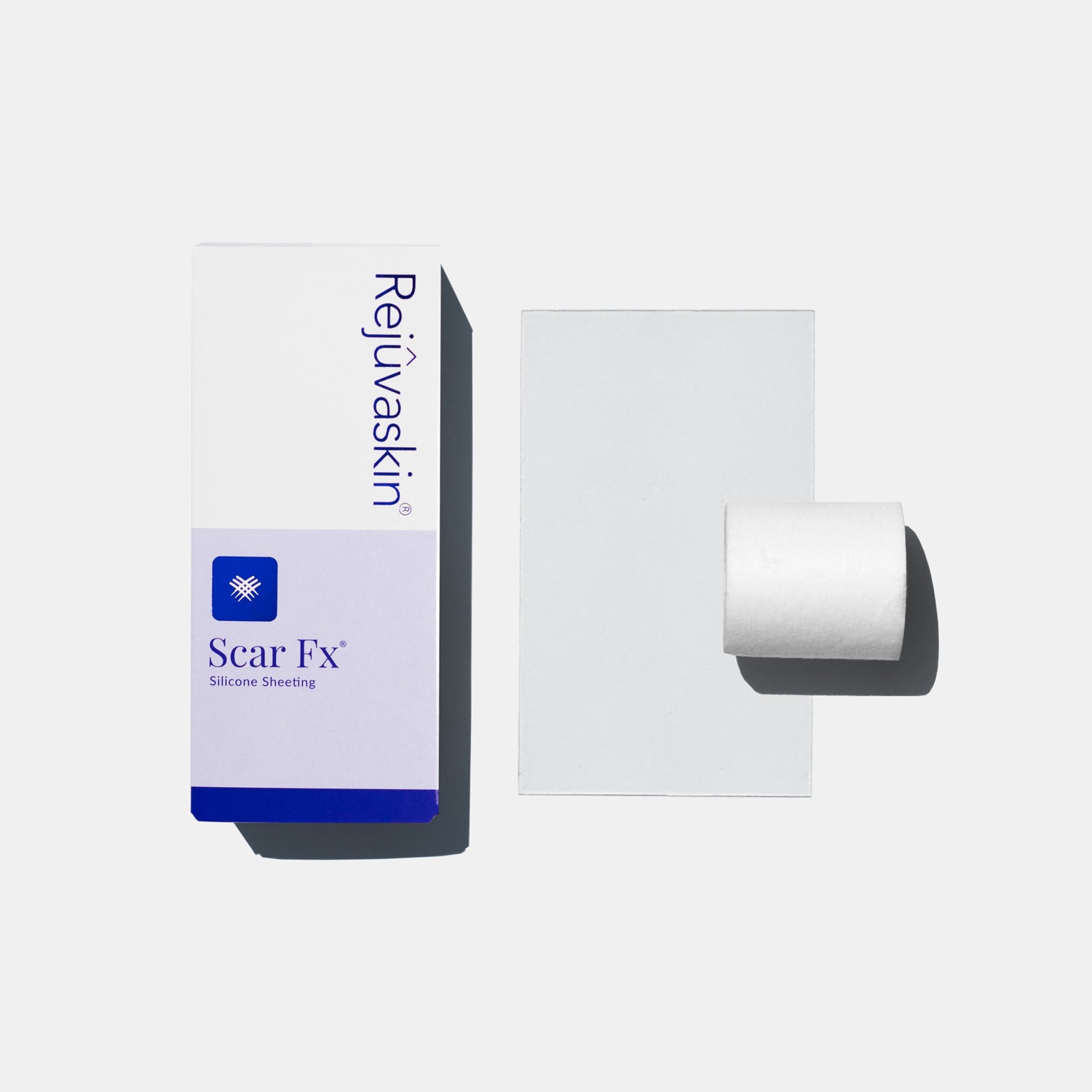Choose Your Scar Solution:
Frequently Asked Questions
How do keloids form?
Keloids form when the body produces excess collagen during wound healing, causing raised scars that grow beyond the original injury. Triggered by trauma, piercings, or surgery, keloids are more common in individuals with darker skin or a genetic predisposition. Unlike regular scars, they often persist and may itch or hurt. Early intervention with silicone sheeting can help flatten and soften keloids, reducing their appearance and preventing further growth.
Can keloids be prevented?
Keloids can be prevented or minimized if you know the signs to look for— or simply start scar care early in an existing wound (aka once the wound has fully closed).
Signs a keloid is forming include:
- Thickening scar tissue
- Tissue spreading beyond the wound site
- The scar is a dark red or purple
- Itchiness or discomfort
- Delayed healing
How can silicone help keloids?
Silicone sheeting helps flatten keloids, soften their texture, and reduce discoloration by hydrating the scar tissue and regulating collagen production. Consistent use can also prevent further growth and recurrence.
What areas of the body are most prone to keloids?
Keloids frequently develop on the chest, shoulders, earlobes, and upper back—areas under tension or with less skin elasticity. Our Scar Fx Silicone Sheeting is highly flexible, making it particularly effective for these high-risk areas.
How can I tell if my scar is a keloid or hypertrophic scar?
A key difference is the color and the texture! While keloids tend to be shinier, reddish, and have an irregular shape that goes beyond the borders of the original scar site, hypertrophic scars tend to stay to the confines of the scar site, and appear more orderly and rigid than keloids.
Silicone sheeting can benefit both types of scarring, reducing thickness and improving appearance.
Do raised scars go away on their own?
Raised scars like keloids rarely resolve fully on their own and often recur without treatment. While they may fade slightly over time, silicone sheeting can greatly improve their texture, size, and color.
Real People, Real Results
Proven Results
Minimize acne scarring with our physician approved scar solutions...
